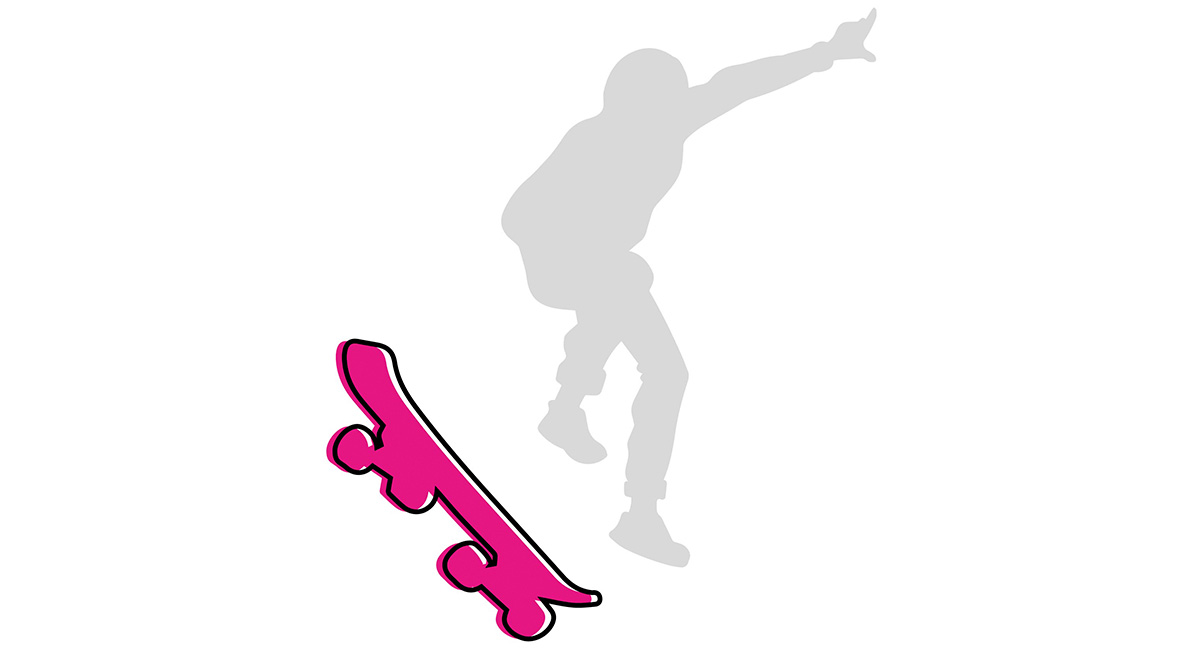I do art. Mainly, in the sense that politics, economics, history and everything else are seen by me from the angle I have chosen to deal in. ” human being is an aesthetic creature before he is an ethical one” (Brodskij), assuming it can still be argued that he has morals (Salgado docuit): this means that the above subjects and certainly also science must first of all have aesthetic criteria and that any philosophical conclusions (or if you prefer metaphysical and religious) can be drawn only after having well considered how they think about it, e.g., Caravaggio, Beuys.
About Sebastião Salgado
Or Salgado. I deal with art in general, but in particular with the visual one and the image that opens this article alone justifies the previous suspicion about the morality of sapiens: it portrays a school in Rwanda and the balls you see are childrens’ skulls.
But will the same aesthetic trends, e.g. the dance of Pina Baush, be enough to save it? There is something to doubt, and not for justified distrust of the weakness of photography as a weapon of defense (Salgado himself had to sell thousands to repopulate some hundreds of deforested hectares of the flora of his Brazil and bring back the jaguars), but for the ferocity of the anthropomorphic monkey prince.
Art uses the weapons of passivity, discretion and silence, does not trade in economics and therefore has little chance of defeating human aggression in matters in which it is not a matter of copulating with someone, but of calming hunger, especially that of one’s children. The matter is serious (if there are too many), but it must not question the priority of dance.
The quality of what you have under your eyes is the most diverse imaginable
A simple look at the site you are visiting or at the images that will find you in a single day of your existence, starting from the passport photo you have in your wallet, can convince you, whatever the visual culture you possess, of the extreme pollution that impairs homo sapiens in one of the subjects that concern him more closely: the quality of what you have under your eyes is the most diverse imaginable and perhaps it is the most polluted on the planet between the sonorous, the respiratory and the constructed (in Italian “edile” from edire= to eat, in Latin).
Images polluted by the the quantity
Polluted by what? Mainly from the quantity, starting from the smartphone that you definitely have in your pocket to the billboards that have filled the surfaces of any city on earth and the countless roads that cross it. Nature, the aesthetics of the Good Lord (among sunsets there is but one a day and that suffices for us), even the non benign ones (floods and volcanoes) have taken a step back, forced precisely by the oil fires of the various Saddams, Kissingers, ecc. on duty and the various Brazilian deforestation workers in the pay of large multinationals (American, Canadian, Chinese, European).
Far be it from me a mantra: I still have a lot of faith in art.
As long as it starts from a healthy Tabula Rasa.
___________________________________________________________________
Mi occupo d’arte. Principalmente, nel senso che la politica, l’economia, la storia e quant’altro vengono da me viste dall’angolo del quale ho scelto di occuparmi. “ L’uomo è un animale estetico, prima che etico” (Brodskij), ammesso che si possa ancora sostenere che abbia una morale (Salgado docuit): ciò significa che le materie di cui sopra e certamente anche la scienza devono avere un criterio prima di tutto estetico e che eventuali conclusioni filosofiche (o se preferite metafisiche e religiose) possono essere tratte solo dopo aver ben considerato come la pensano in proposito p. e. Caravaggio o Beuys.
Un’immagine desolante di una ex-scuola in Rwanda
O Salgado. Mi occupo d’arte in generale, ma in particolare di quella visiva e l’immagine che apre quest’articolo giustifica da sola il sospetto precedente circa la morale del sapiens: ritrae una fu scuola in Rwanda e le palle che vedete sono teschi infantili.
Ma l’estetica tendenziale dello stesso, p. e. la danza di Pina Baush, sarà sufficiente a salvarlo? C’è di che dubitarne, e non per giustificata sfiducia nei confronti della debolezza della fotografia come arma di difesa (Salgado stesso ne ha dovute vendere migliaia per ripopolare di flora qualche centinaia di ettari deforestati del suo Brasile e far tornare i giaguari), ma per la ferocia della scimmia antropomorfa principe.
Le armi della discrezione e del silenzio
L’arte usa le armi della passività, discrezione e silenzio, non commercia in economia e quindi ha poche chances di sconfiggere l’aggressività umana nelle questioni in cui non si tratta di copulare con qualcuno, ma di calmare la fame, soprattutto quella dei propri figli. La questione è seria (se ne fanno troppi), ma non deve mettere in discussione la priorità della danza.
La qualità di ciò che abbiamo sotto gli occhi è la più diversa immaginabile
Una scorsa anche semplicemente al sito che state visitando o alle immagini che vi capiteranno sotto gli occhi in un sol giorno della vostra esistenza, partendo dalla fototessera che avete nel portafoglio, potrà convincervi, qualsisia la cultura visiva che possedete, dell’estrema polluzione che impania l’homo sapiens in una delle materie che lo riguardano più da vicino: la qualità di ciò che avete sotto gli occhi è la più diversa immaginabile e forse essa è la più inquinata del pianeta fra la sonora, la respiratoria e l’edile (da edire=mangiare, in latino).
Immagini inquinate dalla quantità
Inquinata da che? Principalmente dalla quantità, a partire dallo smartphone che avete sicuramente in tasca a finire ai cartelloni pubblicitari che hanno riempito le superfici di qualsiasi città della terra e le strade innumerevoli che l’attraversano. La natura, l’estetica del Buon Dio (ma di tramonti ce n’è uno al giorno e ci basta), anche quella non benigna (alluvioni e vulcani), ha fatto un passo indietro, costretta appunto dagli incendi petroliferi dei vari Saddam, Kissinger ecc di turno e dai vari deforestatori brasiliani al soldo delle grandi multinazionali (USA, Canadesi, Cinesi, Europee).
Lungi da me una giaculatoria: ho ancora molta fiducia nell’arte.
Purché parta da una sana Tabula Rasa
Dello stesso autore: Fuori dai denti/ Gustav Sjöberg, necessario non incoraggiare la poesia








